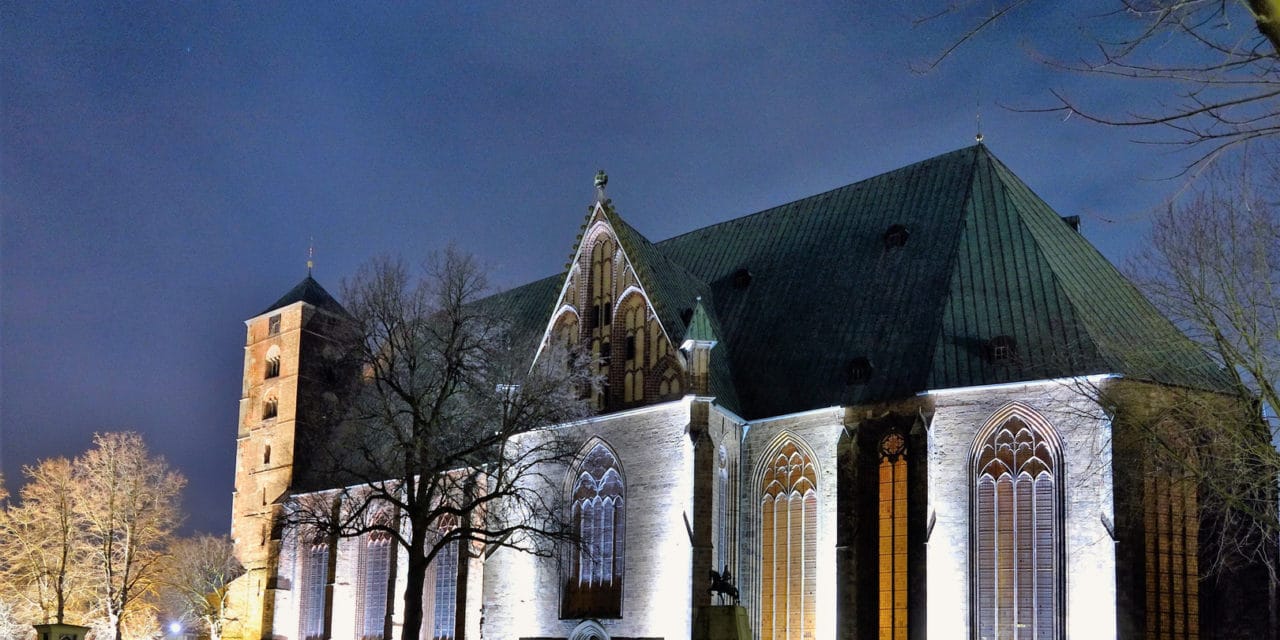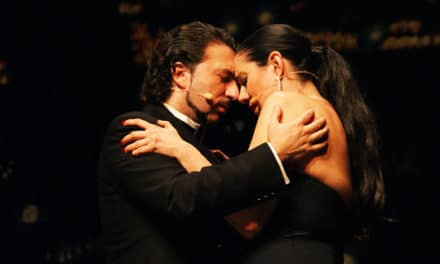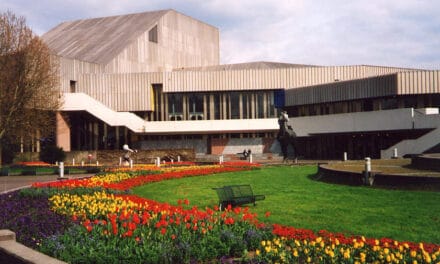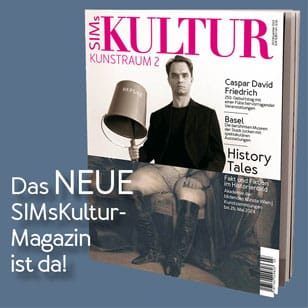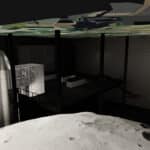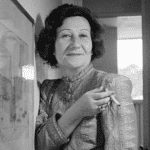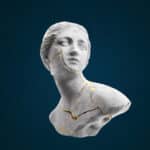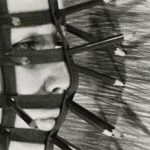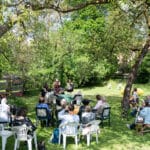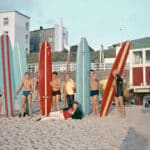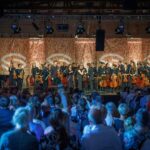The Gothic cathedral is the landmark of the town of Verden. There used to be two wooden churches on the site of the current church building. However, they both fell victim to fire. The first burned down around 850, the second around 950. The first stone church was built at the beginning of the 11th century. Just like its successor, built at the end of the 12th century, this church also fell victim to the flames.
Today's cathedral, Mariae et Ceciliae, was built in two phases. The first one extends over the period from 1290 to 1323. It was only after a 150-year break that the building was finally completed between 1473 and 1490.
The main entrance in the west (in Domstrasse) is usually closed. The church can be entered from the market side through an outbuilding with a baroque portal and the adjoining eastern cloister.
This half-timbered building in front, which has replaced the southern cloister since 1765, and the red brick building (with the Renaissance gable) to the left of the entrance used to house classrooms and apartments for the teachers of the cathedral school. This Latin school was founded by the Bishop of Verden, Eberhard von Holle, in 1578 after the rooms were no longer needed by the clergy following the Reformation. However, scholars had already been taught here by the clergy before 1002. Verden Cathedral is the first Gothic cathedral in Lower Saxony. It is also the only Gothic episcopal church in the state.
The cathedral is a hall church with what is probably the oldest ambulatory choir in Germany. Architecturally, the cathedral is based on Reims Cathedral and Minden Cathedral. It itself was also the model for various churches, including St. John's Church in Lüneburg and Lübeck Cathedral.
Particularly noteworthy are the baptismal font from the 13th century, the cathedral's magnificently carved levitical chair from around 1360, a tomb slab of Bishop Berthold von Landesbergen, who was responsible for the final construction phase of the cathedral, and two sarcophagi at the back of the cathedral.
The fact that Verden was the seat of 41 bishops for around 800 years meant that the large, Romanesque-Gothic cathedral was built next to St. John's and St. Andrew's churches. With its impressive ambulatory, it is a special architectural feature in northern Germany.
Music in the cathedral
Music has naturally always played an important role in the more than five hundred year history of Verden Cathedral. Sources from the end of the 13th century confirm the existence of a choir. The cathedral probably also had two organs from the very beginning, which underlines its importance as an episcopal church.
To this day, church music takes place in a variety of forms, in church services, but also in many concerts, often with the participation of the various choirs of the Evangelical Lutheran cathedral parish.
After a short winter break at the beginning of each year, the first concerts in the cathedral usually take place in April.
Then, in May, the "Verden Summer Concerts" begin - since 1990. They take place in the cathedral every Thursday from May to September and admission is free.
Organ music, choir concerts, chamber music concerts, oratorical performances and completely different concert projects attract a wide range of listeners from near and far. As far as the organs are concerned, Verden Cathedral has a total of four instruments, from the five-stop positive to the large, late romantic organ in the west gallery with 54 stops, which has retained its authentic sound to this day.

